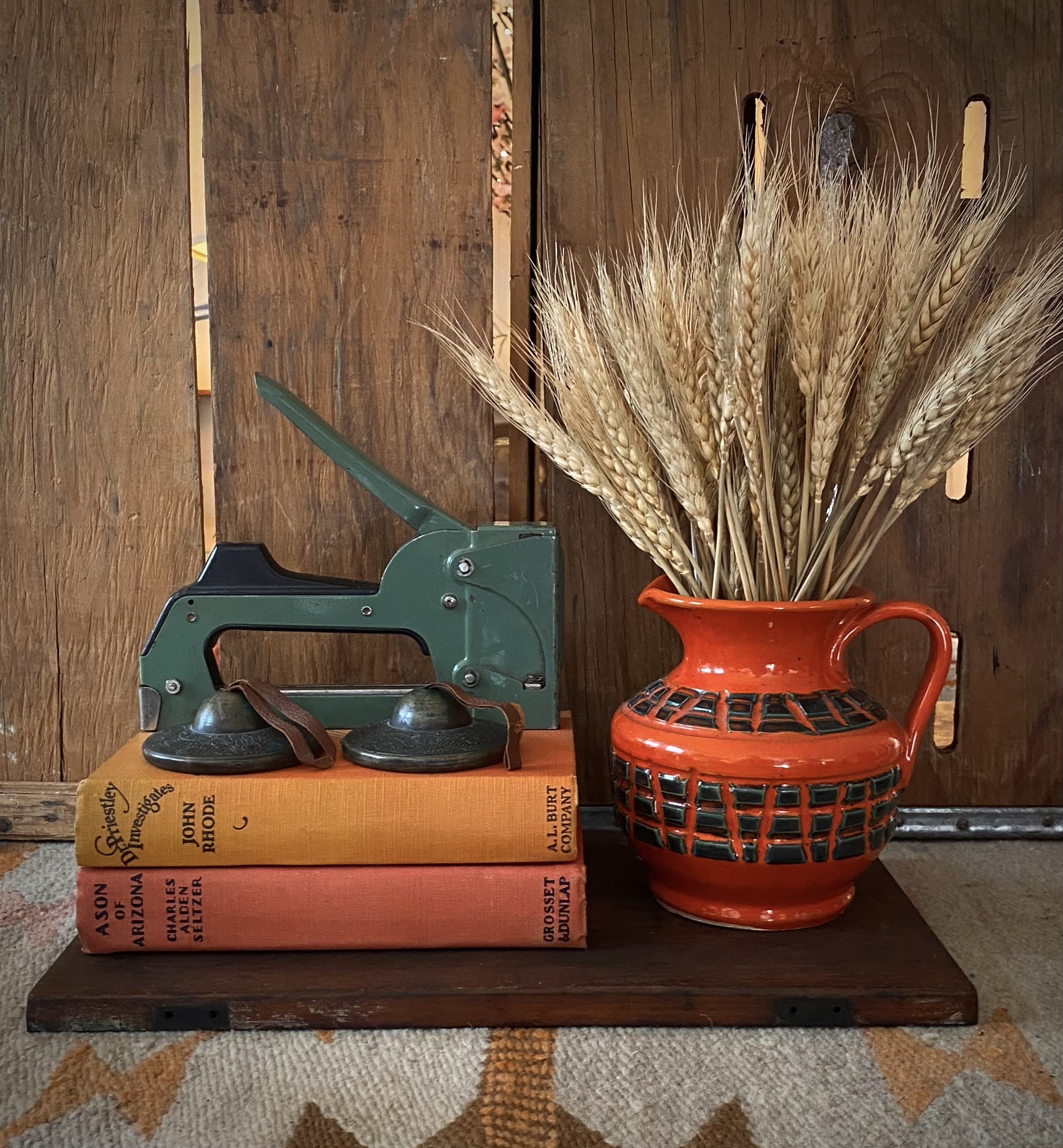The dominant message in interior design — especially online — is that a beautiful home starts with a shopping cart. New furniture, new decor, a total rehaul. It’s a message that quietly implies your home (and by extension, you) isn’t enough.
But there’s another way.
This philosophy has shaped everything we do at Object Lesson, and more importantly, it’s changed how our clients feel about their spaces. It’s a design approach rooted in resourcefulness, storytelling, and restraint — not just aesthetics. And it starts with five simple ideas:
1. You don’t need to buy new to have a beautiful home.
There’s no shortage of good stuff in the world — but there’s a serious shortage of imagination. Thrifted, gifted, invented, or found: most spaces already contain 80% of what they need. The key is learning how to see it. A little editing, a little shifting, a little reimagining — that’s where transformation happens. Buying new should be a last resort, not a first move.
The benefit:
Clients don’t just save money. They end up with homes that feel more personal, layered, and lived-in — not like a showroom or Pinterest clone.
2. Your home isn’t a blank slate. It’s your starting point.
Instead of clearing out rooms and starting fresh, we start with what’s already there. The layout, the furniture, the quirks — even the stuff you’re unsure about. Every object holds some kind of value (even if that value is realizing it no longer belongs). This approach respects the past and creates continuity between who you were, who you are, and who you’re becoming.
The benefit:
Clients feel more connected to their spaces, and more seen. We’re not designing at them — we’re designing with them.
3. Limitations make better design.
Big budgets don’t guarantee good design — sometimes they actually get in the way. When you have everything at your disposal, you can lose the spark that comes from solving problems creatively. Whether it’s working with a tight budget, odd layout, or inherited furniture, constraints force innovation.
The benefit:
The final result always feels more original. Clients are often surprised by how much was possible with so little — and how good it feels to not overspend.
4. Design should reflect you, not a trend.
Trends are temporary. Meaning lasts. We don’t chase what’s popular — we ask what matters. A good room doesn’t impress the algorithm; it supports your life. When you work this way, the outcome doesn’t feel dated in six months — it feels grounded, authentic, and personal.
The benefit:
Clients end up with homes that hold up over time. Not just in durability, but in emotional resonance.
5. Waste isn’t just a material problem. It’s a mindset.
Fast furniture, like fast fashion, encourages disposable thinking — buy, regret, repeat. But when you build a home with care, it changes how you value things. You stop seeing your space as a problem to fix and start seeing it as something to honor.
The benefit:
Clients learn to slow down, make more intentional choices, and feel proud of how they’ve put their space together.
This isn’t just a design method — it’s a shift in perspective. It’s about trusting that what you already have might be more than enough. And that beauty, comfort, and meaning don’t have to come at the cost of your values, your budget, or your story.
At Object Lesson, this philosophy guides every project we touch — but it’s not ours alone. Anyone can use it. You don’t need permission. You just need to begin where you are.

Leave a Reply